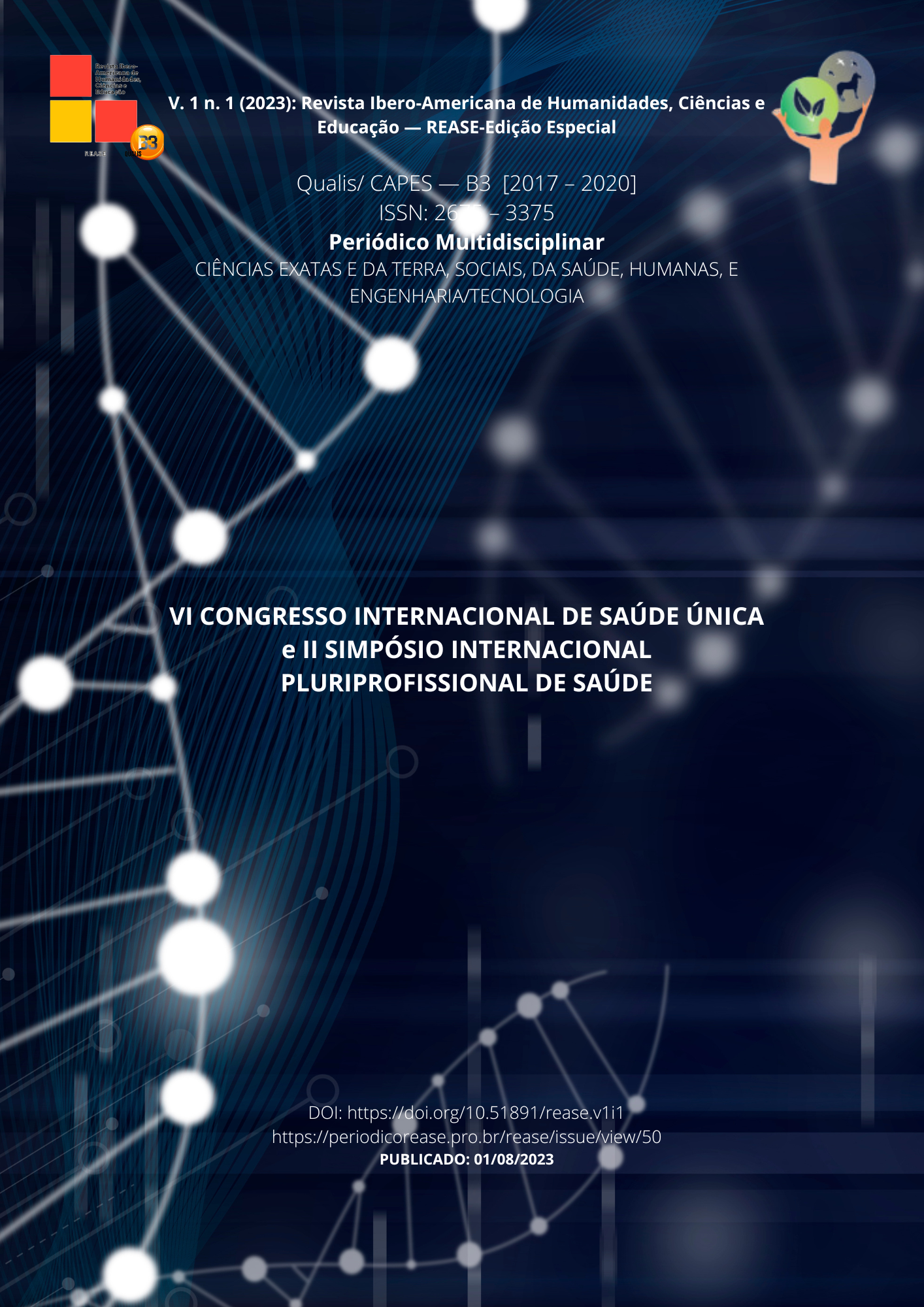OSTEOMUSCULAR DISORDERS RELATED TO REMOTE WORK DURING THE COVID-19 PANDEMIC: AN ERGONOMIC ANALYSIS
DOI:
https://doi.org/10.51891/rease.v1i1.10511Keywords:
DORT. Worker's health. Telework. Covid-19.Abstract
COVID-19’s pandemic had several impacts on Brazilian society. Restriction and social isolation measures led to the closing of schools and the prohibition of presential classes in Brazil. Telework was carried out from remote classes and activities using digital instruments. Teachers received a significant increase in working hours. Most of these teachers started to perform full-time work activities in their home environment, whose conditions were obviously improvised. Thus, this research has the overall objective to investigate the presence of musculoskeletal disorders associated with remote teaching work in the context of the worldwide Covid-19 pandemic. Furthermore, the specific objectives are: to understand the development and main events related to the Covid-19 pandemic; know the dynamics of telework; understand ergonomics’ role; knowing work-related occupational diseases, the relevance of worker health and the main ergonomic assessment instruments, in addition to investigating physical therapy’s role in the prevention and treatment of occupational diseases at work. It is, therefore, an integrative review of qualitative nature. Hence, for the development of this work, the following descriptors were used: “worker's health”, “ergonomics”, “telework”, “covid-19” in Portuguese, Spanish and English. The years 2011 to 2021 were established as a delimitation for the research, with the last 5 years being emphasized and preferred. The databases consulted were: Medical Literature Analysis and Retrieval System Online (MEDLINE/PubMed), Scientific Electronic Library Online (SciELO), and the Virtual Health Library (VHL). Remote teaching was an emergency resource used in Brazil during the Covid-19 pandemic period and highlighted several problems in our country’s educational system, as well as favored the illness of many teachers by maintaining postures and performing repetitive movements in front of the computer for long periods, in addition to various difficulties in the administration and adaptation of the home and family environment. Became evident a high prevalence of Work-Related Musculoskeletal Disorders (WMSD) in teachers as a result of teleworking in the pandemic. The maintenance of vicious postures while working with computers and other technological instruments, usually sitting and performing repetitive movements, predisposing factors for the development of WMSD. This implies the need for interventions and ergonomic strategies that help teachers to adapt the furniture and home environment, as well as better management of working time and connection with family tasks. Furthermore, the urgent need and importance of carrying out more research and scientific investigations on the subject was found.
Downloads
Downloads
Published
How to Cite
Issue
Section
License
Atribuição CC BY

